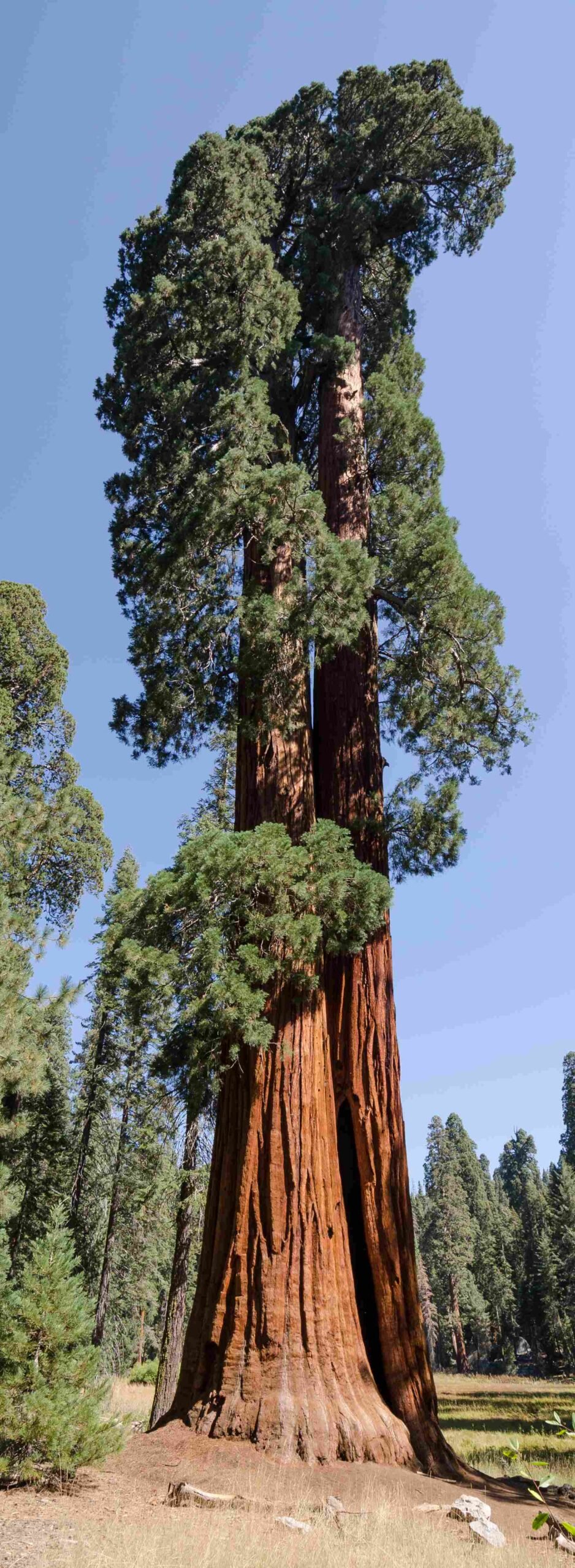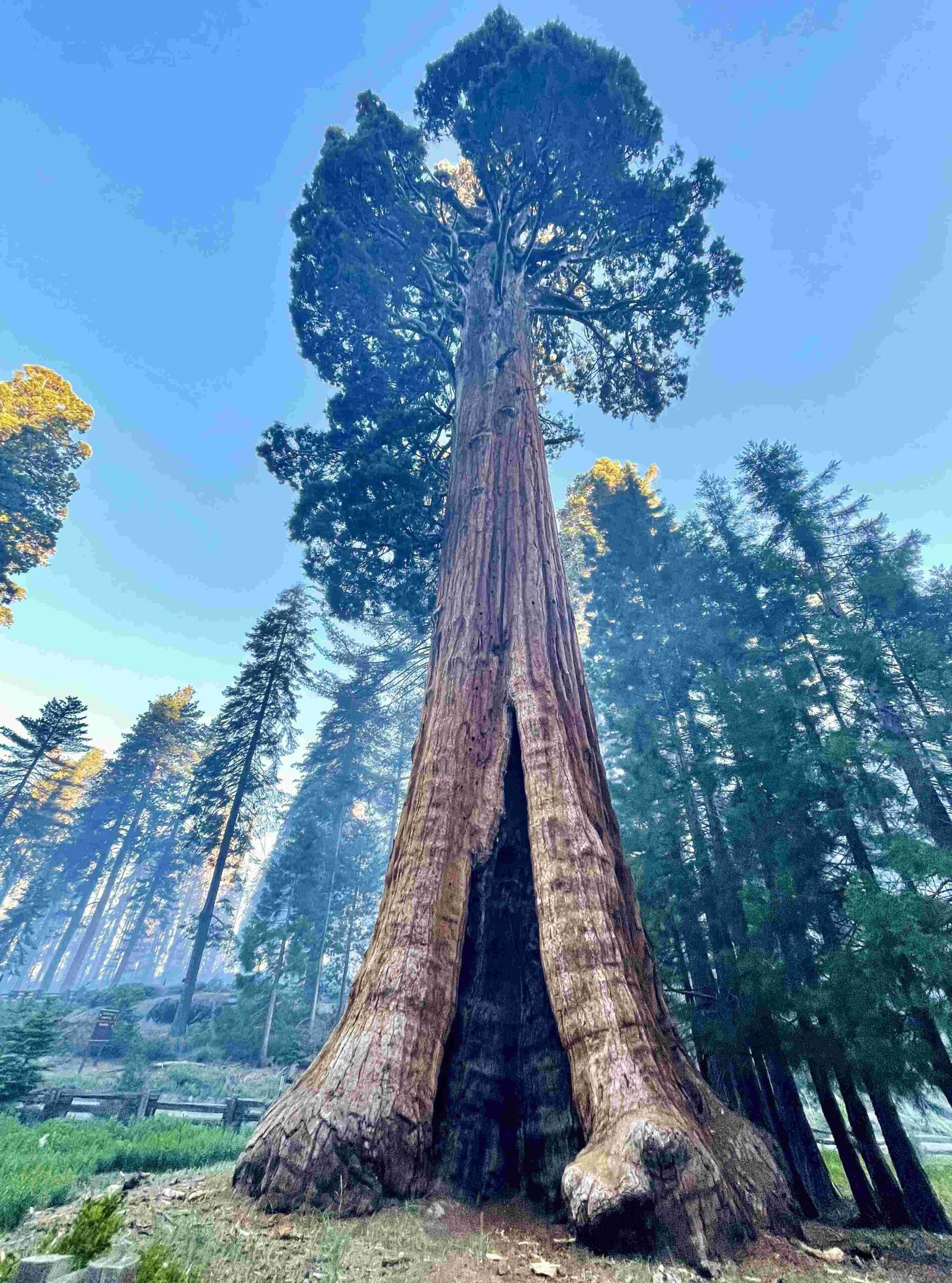Sequoia National Park, renowned for its giant sequoia trees and diverse ecosystems, boasts an array of natural resources. From towering forests to pristine water systems, the park’s resources include geological wonders, rich biodiversity, and unique habitats. These resources play a crucial role in maintaining ecological balance, supporting wildlife, and providing recreational opportunities for visitors. Understanding and preserving these natural treasures is essential for the park’s long-term health and sustainability.
What Are the Key Natural Resources in Sequoia National Park?

Sequoia National Park is home to a variety of natural resources that contribute to its ecological significance and visitor appeal:
- Giant Sequoia Groves
- Water Resources (rivers, lakes, and streams)
- Diverse Wildlife
- Geological Features
- Mixed-Conifer Forests
Let’s explore each of these resources in detail:
1. Giant Sequoia Groves
The park’s most iconic natural resource is its giant sequoia groves. These ancient trees, some of which are over 3,000 years old, create unique ecosystems and attract visitors from around the world.
- Giant Forest: Covers 1,800 acres and contains over 8,400 giant sequoias
- General Sherman Tree: The largest tree on Earth by volume
- Congress Trail: A paved loop showcasing many of the park’s largest sequoias
2. Water Resources
Sequoia National Park’s water resources are vital for both the park’s ecosystems and surrounding communities.
| Water Resource | Description |
|---|---|
| Rivers | Kings, Kaweah, and Kern rivers originate in the park |
| Lakes and Ponds | Approximately 3,200 in the park |
| Streams | About 2,600 miles of streams throughout the park |
These water resources support:
– Irrigation for nearby agricultural areas
– Recreational activities like fishing and boating
– Habitat for aquatic species
– Natural water storage through winter snowpack
How Does Biodiversity Contribute to the Park’s Natural Resources?

Sequoia National Park’s biodiversity is a crucial natural resource, supporting a wide range of ecosystems and species.
Flora Diversity
- Over 1,200 species of vascular plants
- Diverse plant communities from foothill chaparral to alpine meadows
- Rare and endemic species adapted to specific park habitats
Fauna Diversity
- More than 260 native vertebrate species
- Diverse bird population with over 200 species
- Large mammals like black bears, mule deer, and mountain lions
- Numerous reptile and amphibian species
This biodiversity contributes to:
– Ecosystem resilience
– Natural pest control
– Pollination services
– Nutrient cycling
What Geological Features Make Sequoia National Park Unique?
The park’s geological features are significant natural resources that shape its landscapes and ecosystems:
- Sierra Nevada Mountain Range: The park is part of this range, featuring:
- Mt. Whitney (14,491 feet), the tallest peak in the contiguous U.S.
-
Deep canyons and valleys carved by glaciers
-
Cave Systems:
- Over 200 known caves
- Unique mineral formations
-
Habitat for rare cave-dwelling species
-
Marble Karst Landscapes:
- Formed by the dissolution of carbonate rocks
-
Create unique surface and subsurface features
-
Granite Formations:
- Moro Rock, a prominent granite dome
- Numerous granite cliffs and outcroppings
These geological features provide:
– Scenic beauty for visitors
– Habitats for specialized plant and animal species
– Opportunities for scientific research and education
How Do Forest Ecosystems Contribute to the Park’s Natural Resources?
The forest ecosystems in Sequoia National Park are diverse and play a crucial role in the park’s overall health:
Mixed-Conifer Forests
- Dominant forest type in the park
- Include species like white fir, sugar pine, and incense cedar
- Provide habitat for numerous animal species
Subalpine Forests
- Found at higher elevations
- Characterized by species like foxtail pine and whitebark pine
- Important for watershed protection and snow retention
Oak Woodlands
- Occur at lower elevations
- Include species like blue oak and California black oak
- Provide critical habitat for many bird species
These forest ecosystems contribute to:
– Carbon sequestration
– Soil stabilization
– Water filtration
– Wildlife habitat
What Challenges Face Sequoia National Park’s Natural Resources?
Several challenges threaten the park’s natural resources:
- Climate Change:
- Altering temperature and precipitation patterns
- Increasing wildfire risk
-
Affecting species distributions and phenology
-
Invasive Species:
- Competing with native species for resources
- Altering ecosystem functions
-
Examples include cheatgrass and non-native trout
-
Air Pollution:
- Impacting visibility and plant health
-
Originating from nearby urban and agricultural areas
-
Visitor Impacts:
- Soil compaction and erosion from heavy use
- Disturbance to wildlife
-
Potential introduction of non-native species
-
Water Management:
- Balancing ecosystem needs with human water demands
- Maintaining water quality in the face of various pressures
Addressing these challenges requires ongoing research, monitoring, and adaptive management strategies to ensure the long-term health of Sequoia National Park’s natural resources.

